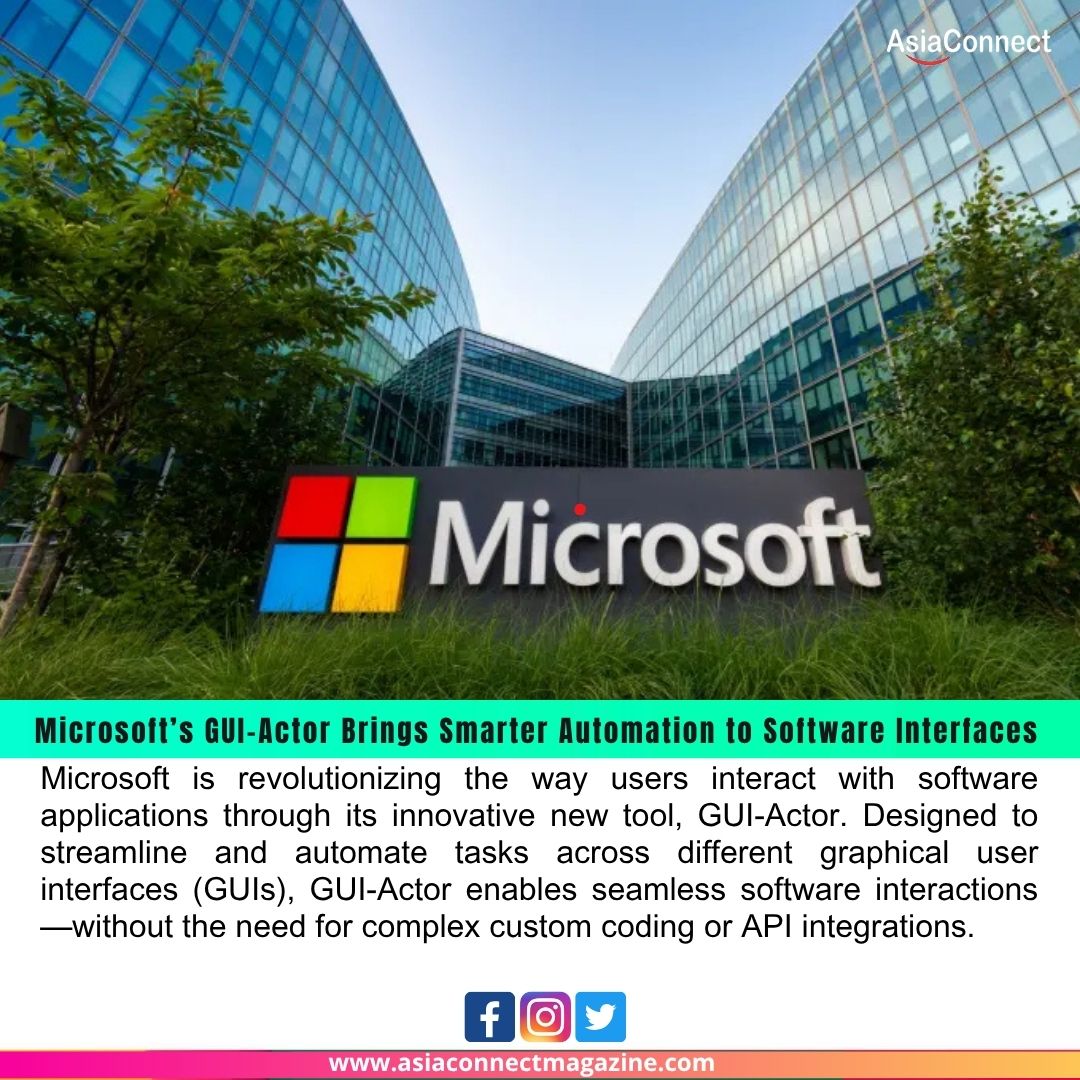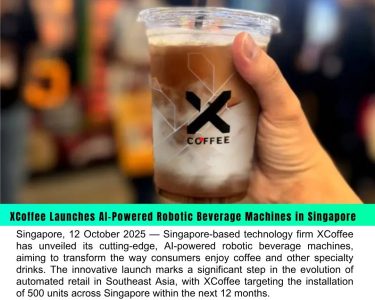Microsoft is revolutionizing the way users interact with software applications through its innovative new tool, GUI-Actor. Designed to streamline and automate tasks across different graphical user interfaces (GUIs), GUI-Actor enables seamless software interactions—without the need for complex custom coding or API integrations.
As businesses and professionals increasingly rely on a mix of legacy systems, desktop tools, and web apps, GUI-Actor arrives as a game-changing solution for enhancing productivity and reducing manual effort.
What is Microsoft’s GUI-Actor?
GUI-Actor is an AI-powered automation framework developed by Microsoft to perform intelligent actions on software interfaces by visually understanding them—much like a human user would. Unlike traditional automation tools that depend heavily on scripting or access to internal APIs, GUI-Actor navigates software through its graphical interface.
This allows GUI-Actor to automate tasks on virtually any application, regardless of its backend architecture or programming language. From filling out forms in desktop applications to clicking through workflows in enterprise resource planning (ERP) software, GUI-Actor simplifies the automation process and makes it more adaptable.
How GUI-Actor Works
At its core, GUI-Actor uses machine learning models trained to recognize interface elements, interpret layout structures, and perform actions based on user goals. It mimics human behavior by observing what’s on the screen, interpreting visual cues (like buttons, menus, and input fields), and executing tasks in real time.
Microsoft’s solution also employs reinforcement learning, enabling the system to improve over time as it interacts with different software environments. This makes GUI-Actor more resilient to layout changes, such as software updates that alter button positions or add new fields.
No Need for Extensive Coding
One of GUI-Actor’s most attractive features is that it eliminates the need for extensive custom coding. Traditional automation tools, such as RPA (Robotic Process Automation), often require detailed workflows and scripts to handle even minor variations in software behavior. GUI-Actor, on the other hand, offers a low-code or no-code approach, allowing developers and even non-technical users to implement automation more quickly.
This significantly reduces development time and maintenance costs, making it a practical solution for enterprises that want to scale automation across departments or integrate multiple software tools.
Key Benefits of GUI-Actor
- Cross-Platform Compatibility: Works across web apps, desktop applications, and legacy systems.
- Adaptive Learning: Adjusts to UI changes using machine learning and computer vision.
- Reduced Development Time: Minimizes need for custom scripts or API integrations.
- Enhanced Productivity: Automates repetitive tasks and frees up human resources for higher-value work.
- Scalability: Easily scales across different teams and use cases.
The Future of Human-AI Collaboration
With GUI-Actor, Microsoft is pushing the boundaries of what’s possible in human-AI collaboration. By making software automation more intelligent, accessible, and flexible, Microsoft is laying the foundation for a future where businesses can automate smarter, not harder.
As GUI-Actor continues to evolve, it may become a cornerstone of enterprise automation strategies—helping users interact with digital systems more intuitively and efficiently than ever before.





